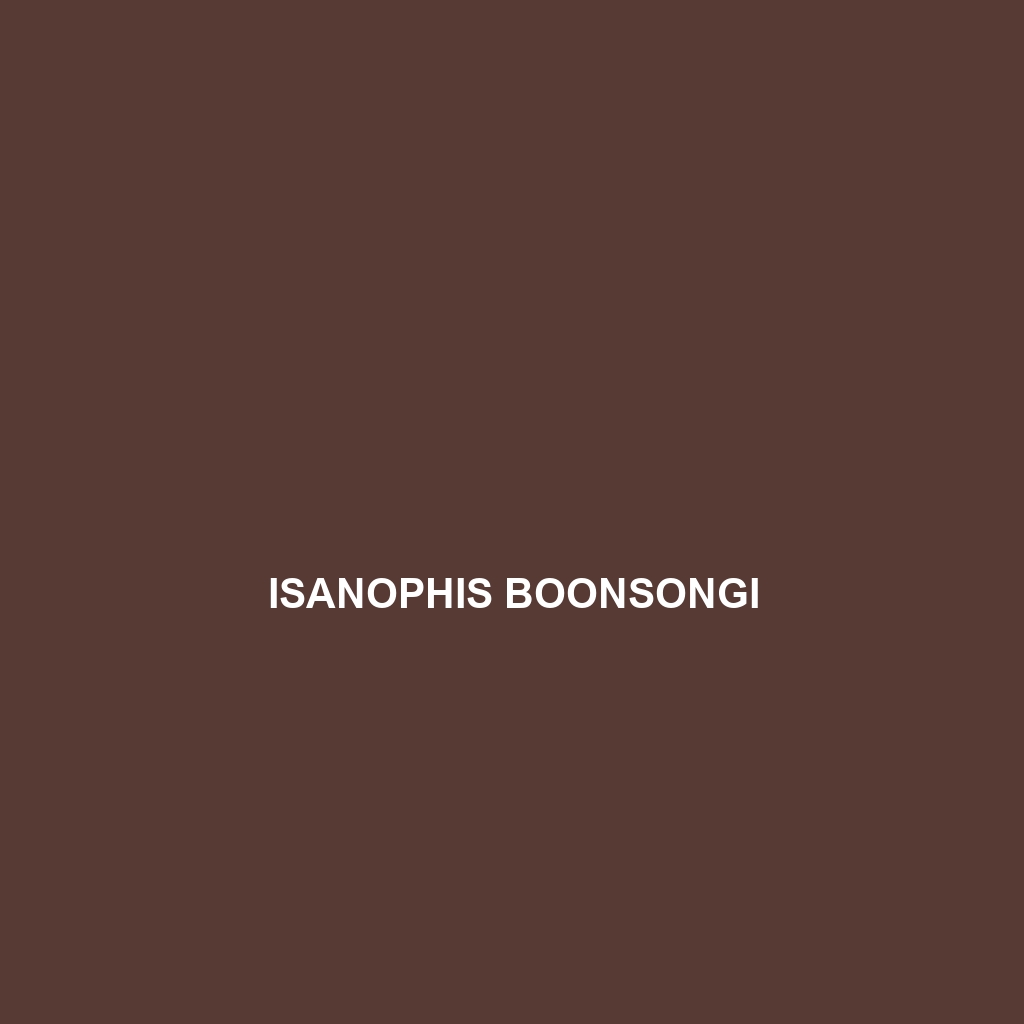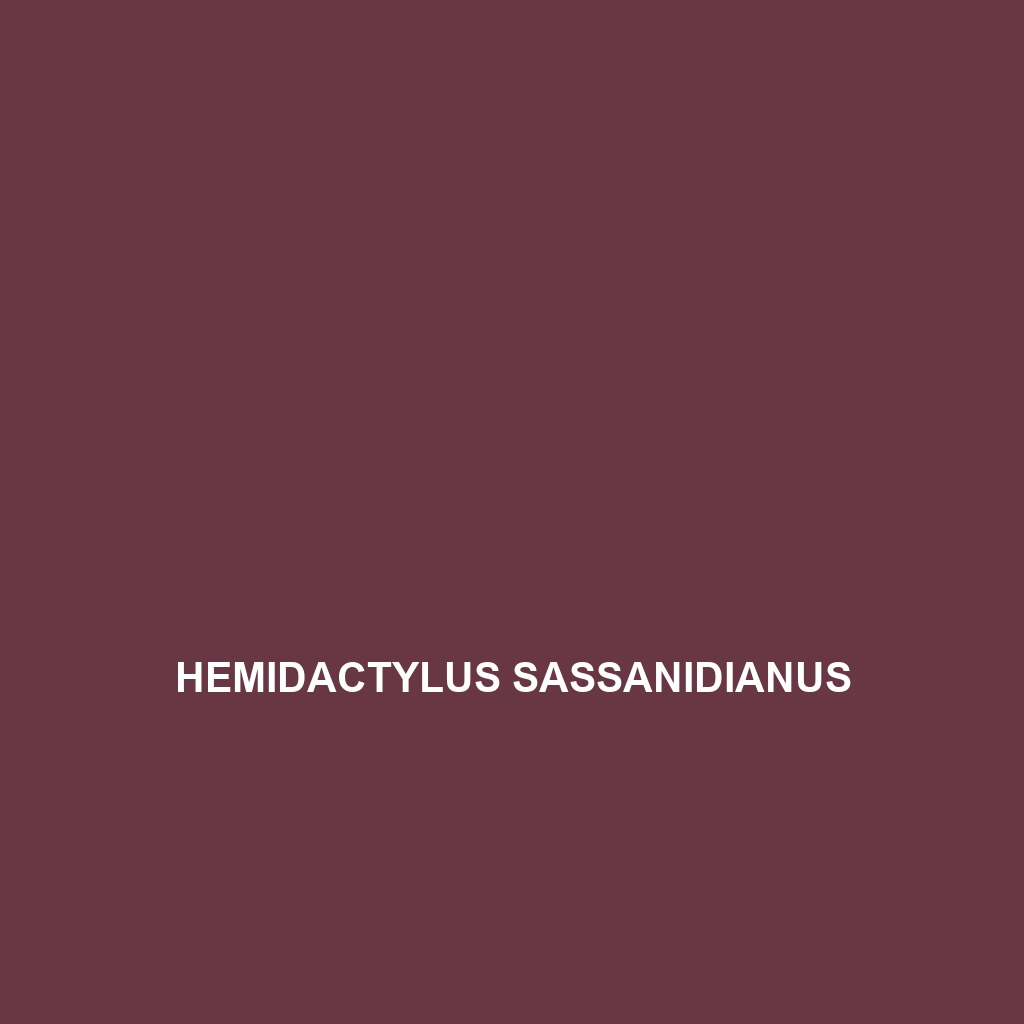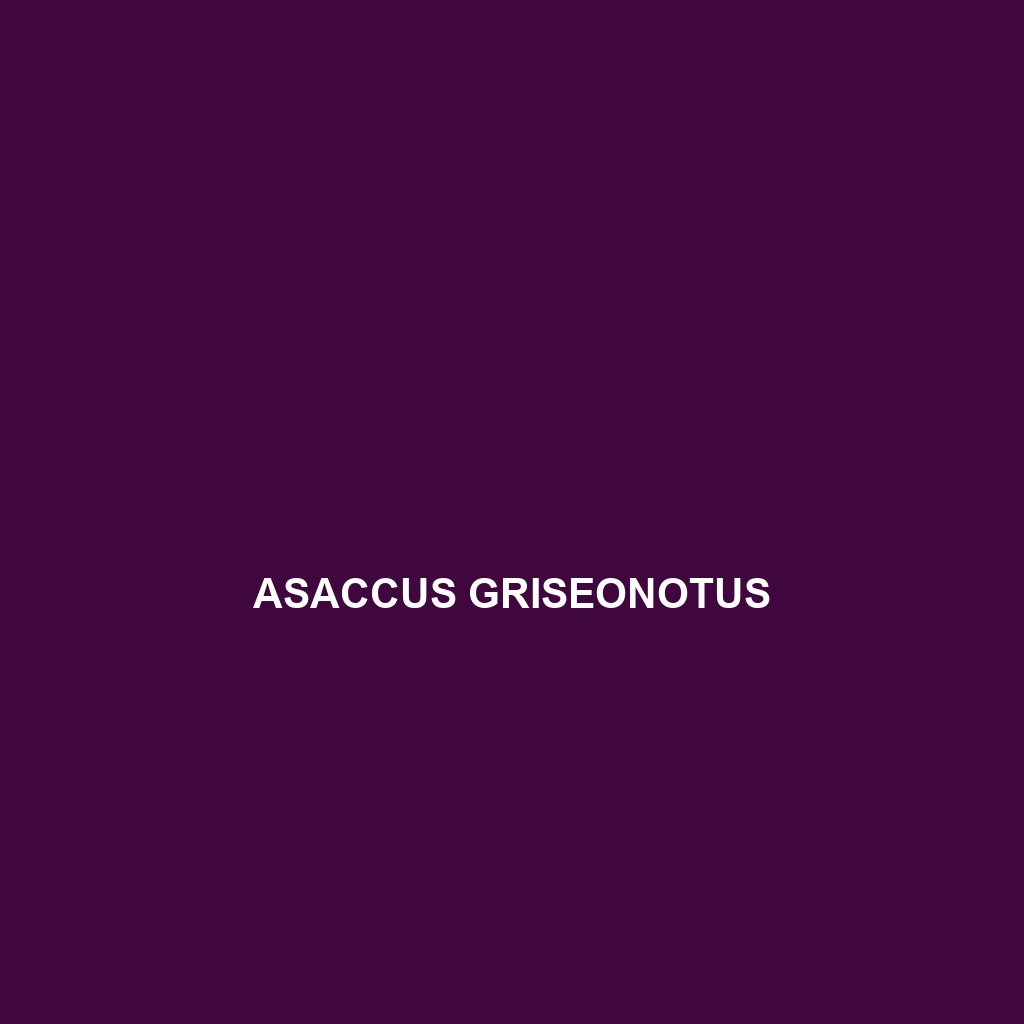<b>Iranolacerta zagrosica</b>, or the Zagros lizard, is a diurnal insectivore native to the mountainous regions of western Iran, exhibiting distinctive sandy brown to olive green coloration and remarkable agility. This species thrives in rocky environments, playing a crucial role in its ecosystem by regulating insect populations and serving as prey for larger predators.
Tag: biodiversity in Iran
Iranolacerta brandtii
Introducing the Iranolacerta brandtii, or Brandt's lacertid, a slender lizard native to Iran's temperate forests and grasslands, characterized by its earthy tones and remarkable agility. This insectivorous species thrives in rocky terrains, playing a vital role in its ecosystem by regulating insect populations and serving as prey for larger animals.
Hemidactylus sassanidianus
<strong>Sassanid House Gecko (Hemidactylus sassanidianus)</strong>: A robust, nocturnal reptile native to the arid regions of Iran, measuring 7 to 12 cm with adhesive toe pads for climbing. This insectivorous species plays a vital role in its ecosystem, controlling insect populations while serving as prey for larger animals.
Cyrtopodion hormozganum
Cyrtopodion hormozganum, a small gecko thriving in the arid regions of southeastern Iran, distinguished by its light brown coloration and dark speckles. This nocturnal insectivore plays a vital ecological role while exhibiting fascinating behaviors such as color changes for communication and tail shedding for predator evasion.
Asaccus iranicus
Discover the Iranian leaf-toed gecko (<i>Asaccus iranicus</i>), a vulnerable species known for its sandy beige coloration and nocturnal, insectivorous behavior. Found in rocky outcrops of Iran's mountainous regions, this agile gecko plays a crucial role in controlling insect populations and thrives in environments with ample hiding spots.
Asaccus zagrosicus
Discover the fascinating Asaccus zagrosicus, a small to medium-sized gecko native to the rocky terrains of the Zagros mountain range in western Iran. Notable for its sandy beige to pale brown coloration and distinctive climbing abilities, this nocturnal insectivore plays a vital role in controlling insect populations within its unique habitat.





